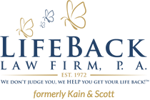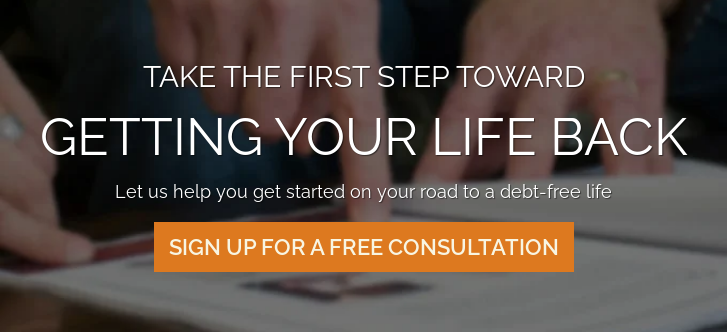 One of the most common forms of bankruptcy that people often pursue is referred to as a “Chapter 13”. Fundamentally, a Chapter 13 bankruptcy is a three to five year plan wherein you make payments to someone known as the bankruptcy trustee (the federally appointed official responsible for overseeing your bankruptcy). The idea is that these payments will typically pay down a portion of what you owe, and then at the end of your chapter 13 plan you will receive a bankruptcy discharge which will eliminate any remaining obligation that you have towards the debts being resolved through the bankruptcy.
One of the most common forms of bankruptcy that people often pursue is referred to as a “Chapter 13”. Fundamentally, a Chapter 13 bankruptcy is a three to five year plan wherein you make payments to someone known as the bankruptcy trustee (the federally appointed official responsible for overseeing your bankruptcy). The idea is that these payments will typically pay down a portion of what you owe, and then at the end of your chapter 13 plan you will receive a bankruptcy discharge which will eliminate any remaining obligation that you have towards the debts being resolved through the bankruptcy.
In contemplating the possibility of a Chapter 13 filing you might naturally wonder where these payments being made through the plan are going, and who the recipient of the funds will ultimately be. To begin with, any funds paid through the Chapter 13 plan are generally paid directly to the trustee’s office. From that point forward, the trustee is then responsible for disbursing funds to any parties eligible to receive them.
Who these specific parties receiving funds are will vary from case to case, but there are a few entities that are virtually always included. The first will be any unsecured creditors that you might have at the time of filing. These will include the lenders for any credit cards, personal loans or unsecured lines of credit that you might have, as well as any entity that you owe an outstanding bill to for things like utilities, medical care or professional services. Theses creditors will be notified by the court when the bankruptcy is filed, and will be invited to file a claim with the trustee that will allow them to be paid out of the funds being paid into the bankruptcy.
Another party that will typically be paid out of the funds being paid into the Chapter 13 plan is your attorney! The law firm that you are working with will file a claim with the trustee, and they will generally be paid their legal fees directly by the trustee!
Other parties eligible for payment through the plan include the IRS, state taxing authorities and any secured lender that an arrearage might be owed to for something like a home mortgage or a car loan. These parties being paid through the plan will vary from case to case, depending on whether any back taxes or arrearages are owed at the time of filing. Additionally, you will also often have the opportunity to pay off a motor vehicle through your Chapter 13, so if you wanted to pay off the remaining balance on your car through the plan, then your car lender could be paid through the bankruptcy as well!
Chapter 13 bankruptcy is an incredibly productive path for many, and offers numerous benefits with regard to protecting personal property, catching up on back balances for things like mortgages and car loans, and paying off non-dischargeable tax debts. It also offers us the opportunity to resolve our unsecured debts at pennies on the dollar, while offering complete protection from the creditors for these unsecured debts throughout the lifetime of the plan!
CALL NOW FOR A FREE STRATEGY SESSION FROM AN MN BANKRUPTCY LAWYER AT LIFEBACK LAW FIRM
Our firm has extensive experience in creating Chapter 13 plans, and we are experts in structuring them to make sure that all necessary parties are paid through the plan while minimizing your out of pocket expense to the greatest degree possible. So, when the time is right, or when you are ready, please don’t hesitate to reach out to Minnesota’s most kind and helpful bankruptcy law firm by going now to www.lifebacklaw.com.

